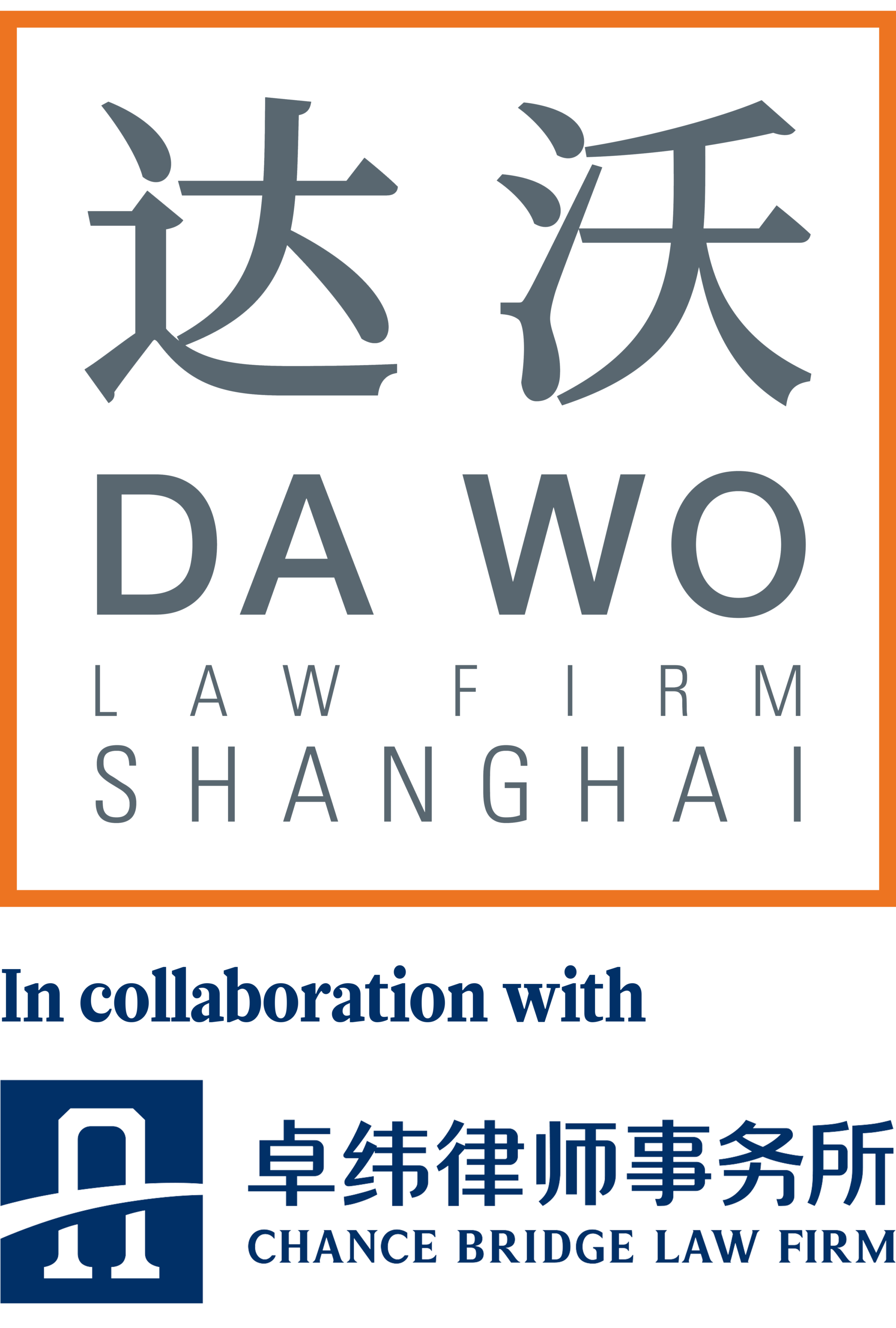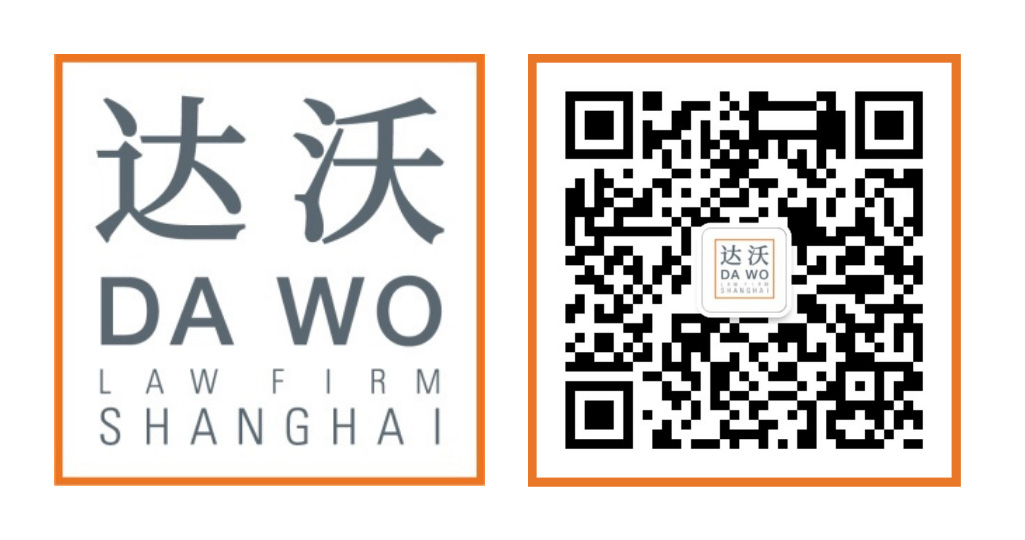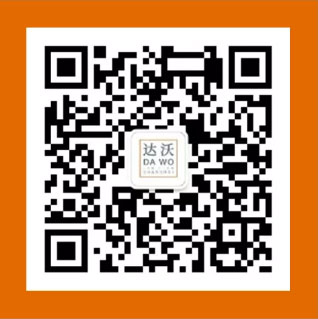It is often complex to define, much less enforce countermeasures to the abuse of market dominance related to technology through anti-trust administrative enforcement cases. For handling such cases, China’s Anti-trust Office recently published the Anti-trust Guideline regarding Intellectual Properties (“the Guideline”). Besides providing direction for administrative enforcement, the Guideline also serves as a reference for companies to establish an anti-trust compliance strategy relevant to their own technologies, and to avoid potentially significant legal risks.
1.What is “Technology”?
“Technology” is a catch-all term that includes patents, patent application rights, know-how, and other plans or achievements that are able to acquire intellectual property rights. It also includes technology-related business activities need your company to pay special attention, for example, patent assignment, know-how assignment, and patent licensing.
2.How to define relevant market regarding technology?
Generally, administrative authorities will define the relevant commodity market and the relevant regional market.
1)Relevant commodity market
When defining the relevant commodity market, considerations ordinarily include the characteristics, purpose, price, and various other factors related to the commodity.
However, “technology” is more special than common goods or services, because we not only buy and sell technology itself directly, but also buy and sell the commodity or service produced or provided through the technology. So, when it is difficult to comprehensively evaluate the impact brought by a given behavior, it is useful to identify the relevant commodity market and the relevant technology market.
The following considerations may be used to define a relevant technology market:
(1)the use or purpose of the technology;
(2)license fees related to the technology;
(3)Whether and how the technology is compatible with other technology;
(4)the term of the related IP rights;
(5)the availability and associated costs for parties to choose alternative technologies .
2)Relevant regional market
In addition to relevant commodity market, it is also necessary to define the relevant regional market. Considerations include where the technology will be used and whether the technology transaction involves multiple countries or regions.
3.How to judge whether one technology owner can dominate the market?
According to the Guideline, no presumption of market dominance will be made directly where somebody owns a technology.
That means, other than the general factors under Anti-trust Law, the following characteristics related to technology shall also be considered:
(1)the availability and associated costs for parties to choose alternative technologies;
(2)whether and how downstream markets depend on the commodities produced or provided by the technology;
(3)the counterparty’s ability to check and balance the operators.
4.How to judge whether a technology owner abuses its market dominance?
In principle, if one’s behavior excludes or inappropriately limits competition in the market, it abuses its market dominance.
The Guideline lists some typical actions with regard to technology that may exclude or limit competition, including:
(1)licensing of the technology to others with unfair high price;
(2)refusal to license without justification;
(3)tying technology together without justification (such as “one package license”);
(4)attaching unreasonable transaction conditions without justification (such as “exclusive grant back”); and
(5)applying different license conditions to counterparties with same characteristics without justifiable reasons.
Finally, the Anti-trust Office also published three other more focused guidelines:
(1)Anti-trust guideline regarding the vehicle industry;
(2)Applicable guideline regarding the Leniency system of horizontal monopoly agreement;
(3)Operator Promise guideline in monopoly cases.
These four guidelines show a trend towards more substantial administrative supervision regarding various fields, which is beneficial for companies when establishing anti-trust compliance strategies.
If you have any questions regarding these new guidelines or establishing your company’s anti-trust compliance strategies, do not hesitate to contact us!


